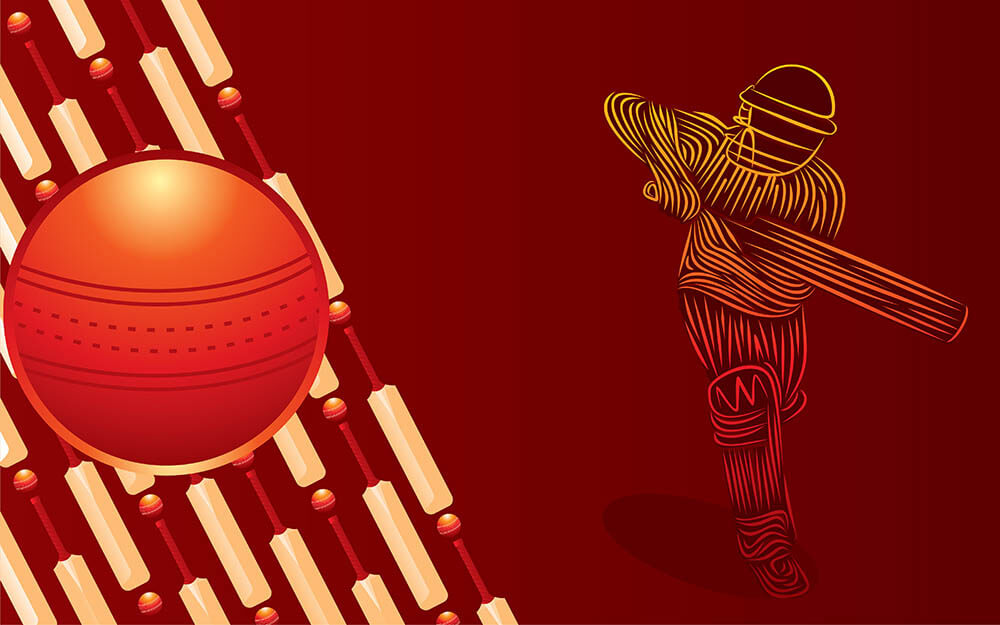The ECB has announced amended playing conditions for the first season of the Hundred tournament that is set to begin on 21 July. According to the playing conditions announced, umpires will call “five” instead of “over,” the powerplay will consist of 25 balls, the toss will take place on a DJ stand and DRS will be introduced for the first time in domestic games played in England.
The Contents
The Term “Over” Will Be Redundant
ong>While the playing conditions will use the term “over,” the ECB will use balls as a measurement unit for presentation purposes. Rather than the term “overs,” broadcasts and scoreboards will refer to the number of balls bowled and remaining to be bowled in an innings.
Five-ball Chunks andFive-ball Chunks and White Cards
f="https://www.cric-life.com/article/top-highest-individual-scores-in-test-debut-innings/" target="_blank" rel="noopener">innings will consist of hundred balls. Ten balls – split into two blocks of five balls each – will be bowled from each end. A bowler can bowl both blocks of five balls from the same end or bowl one block from each end, as decided by the fielding captain. No bowler can bowl more than 20 balls in a game. After a chunk of five balls, a call of “five” will be made by the umpire who will raise a white card. The white card will provide separation of chunks of five balls, to avoid any confusion among spectators if 10 successive balls are bowled by a bowler from one end.
Powerplay and Strategic TimePowerplay and Strategic Timeout
e defined as the first 25 deliveries of the innings. During such powerplay, there can only be two fielders placed outside the 30-yard circle. After the powerplay period, a strategic timeout can be called by the fielding team. Such timeout of two minutes can happen at any point during the rest of the innings. However, the timeout is not mandatory, nor can the batting team request it.
The Toss
Contents
Five-ball Chunks and White Cards
f="https://www.cric-life.com/article/top-highest-individual-scores-in-test-debut-innings/" target="_blank" rel="noopener">innings will consist of hundred balls. Ten balls – split into two blocks of five balls each – will be bowled from each end. A bowler can bowl both blocks of five balls from the same end or bowl one block from each end, as decided by the fielding captain. No bowler can bowl more than 20 balls in a game. After a chunk of five balls, a call of “five” will be made by the umpire who will raise a white card. The white card will provide separation of chunks of five balls, to avoid any confusion among spectators if 10 successive balls are bowled by a bowler from one end.Powerplay and Strategic TimePowerplay and Strategic Timeout
e defined as the first 25 deliveries of the innings. During such powerplay, there can only be two fielders placed outside the 30-yard circle. After the powerplay period, a strategic timeout can be called by the fielding team. Such timeout of two minutes can happen at any point during the rest of the innings. However, the timeout is not mandatory, nor can the batting team request it.
The Toss
TheThe Toss
ke place in the middle as usual; rather it will take place on a stage reserved for live entertainment involving a DJ.
Gender Neutral Batters
Gender Neutral Batters
ef="https://www.cric-life.com/article/best-cricket-batting-free-tips/" target="_blank" rel="noopener">batting team will be referred to as batters rather than batsmen in keeping with the avowed gender-neutral ambitions of the competition. If a batter is out caught, the new batter will face the next delivery, even if the batters cross during the catch.Deciding Tied Games
Deciding Tied Games
oup stage is tied, each team will be awarded one point. If a match in the eliminator of the final is tied, the teams will have to play a “super five.” If the super five is tied, then the sides will contest another five balls. If the additional contest also ends in a tie, the announced winner will be the team that finished higher in the group stage.DRS and No Balls
DRS and No Balls (DRS) will be used in each game. The third umpire will have the control of replays to speed up the process. In every match, two white Kookaburra balls will be used, one for each innings. A no ball will qualify for two runs to be awarded to the batting team in keeping with the rules adopted in the Vitality 2020 Blast.
